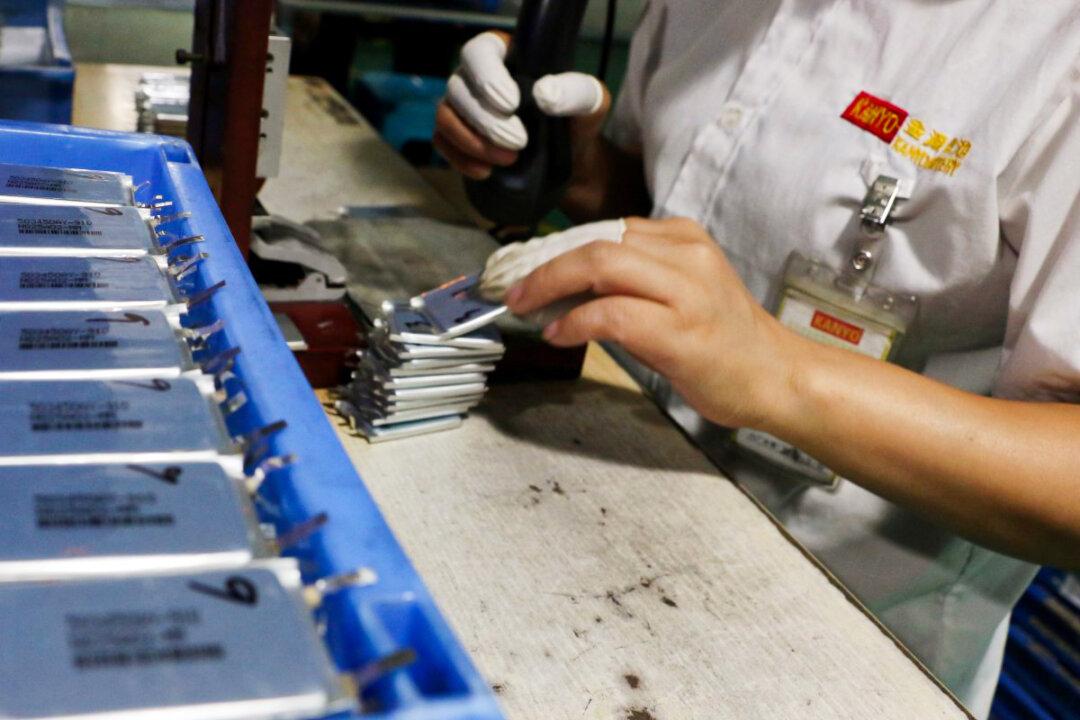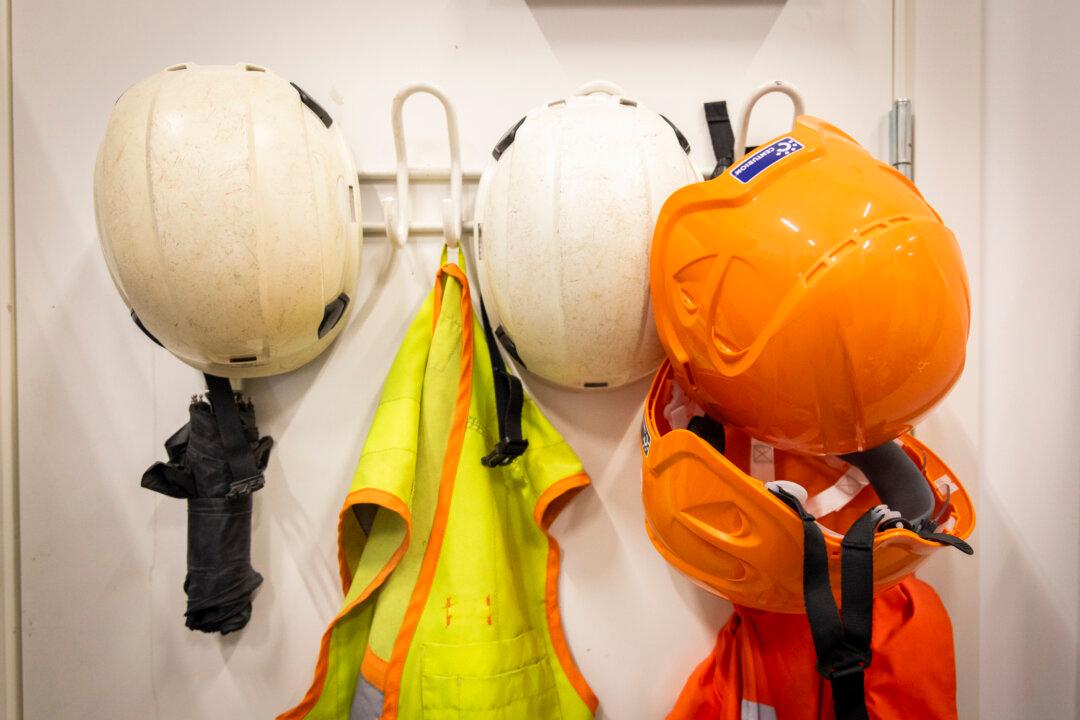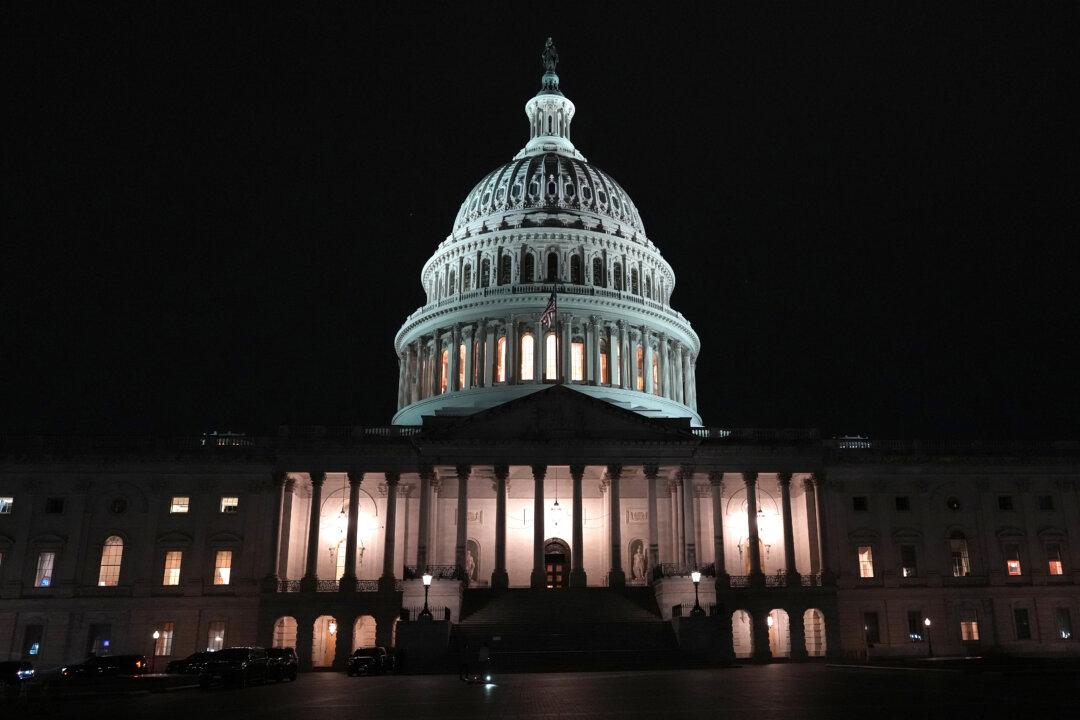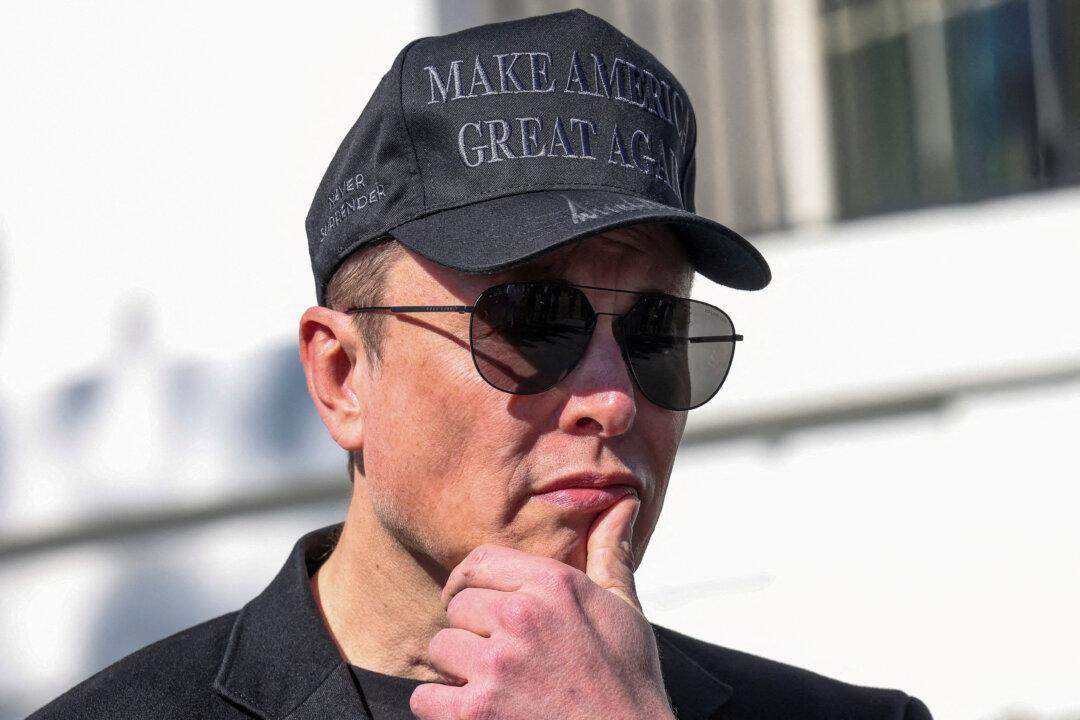“Electrification” has become a watchword for the Biden administration, particularly as part of the push for net-zero emissions in the U.S. economy by 2050.
In November 2021 remarks to General Motors CEO Mary Barra, for example, President Joe Biden credited GM with having “electrified the automobile industry”—a claim that was immediately questioned by Tesla Motors’ Elon Musk.





